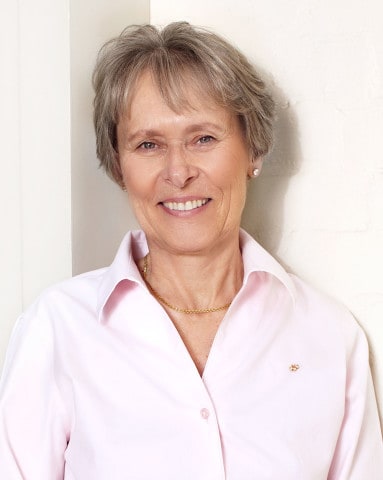The University of Saskatchewan hosted an internationally lauded scientist on Feb. 4 when the first female Canadian astronaut, Roberta Bondar, spoke to students about the perspective that space travel can provide about our planet.
Bondar had four university degrees under her belt when she answered the Canadian Space Agency’s first ever call for astronauts in 1983. Her expertise as a scientist contributed to her being chosen for the 1992 International Microgravity Laboratory mission, during which Bondar spent nine days helping to conduct over 40 experiments in a laboratory in orbit, exploring the effects of space travel on the human body.
In recent years, Bondar has focused on sharing her unique experience with Canadians in the hope of inspiring them to think critically about their environment.
“Space flight does give us that opportunity to look at our world differently, and if we can’t come back and rejuvenate society, then I don’t think we’re really doing our job as pioneers,” Bondar said.
The different look Bondar focused on is that of climate change. U of S students’ lives may now seem limited to campus borders, but they won’t always be that way. Changes in ice cover in the Arctic, obstructed river flow as a result of damming projects and excessive usage of power in urban areas are just a few of the issues facing this generation.
While difficult to relate to in the abstract, Bondar applies her experience viewing Earth from space to illustrate these problems.
She shared several sequential satellite photographs of the Aral Sea in central Asia as an example of human-made intervention on Earth, which a view from space allows us to fully understand.
“This is one of the greatest human-made environmental catastrophes that we’ve seen from space,” Bondar said. “You can see from year to year the water level dropping, dropping, and the reason is that they dammed the input into this lake to develop agriculture … so now it has almost disappeared. The dust is now blowing downstream into the lungs of the people who live there.”
Bondar also used satellite imagery to explain how space perspectives can help us at home in Saskatchewan, sharing photographs of Lake Diefenbaker’s borders and snow cover. Some satellites use radar to take images that record data such as moisture in the ground, allowing scientists to track and compare yearly flood threats.
“We can use satellite imagery to help us a lot in terms of our land management and potentially [provide] early warning, and also to see how [land] recovers from some of these issues that we’ve had,” Bondar said.
For Bondar, space exploration isn’t just about looking down at Earth. As valuable as satellite perspectives of our planet can be, Bondar believes that the spirit of human exploration needs to be invested in new frontiers.
“I could never understand why they built the Space Station, to tell you the truth,” Bondar said. “My view has always been that we should have gone to the moon. It would certainly be a good place to be before we went to Mars, to work out the kinks in the system.”
NASA, after decades of sending unmanned robotic rovers to Mars, announced in their 2010 Authorization Act that they plan to send humans to Mars in the 2030s. The popularity of recent films like 2015’s The Martian have only increased public excitement.
Bondar was quick to remind her audience that there is still a lot of research and work to be done. Bone density loss in zero gravity was part of Bondar’s original space research. The background radiation found in space, which astronauts travelling to Mars would be exposed to long-term, has been found to cause brain abnormalities associated with Alzheimer’s disease in mouse brains.
“The old joke is if you get to Mars, you’re either going to break your leg or forget why you’re there,” Bondar said.
Putting the future of space travel aside, Bondar wanted the heart of her message to be about the value of learning and discovery.
“It’s all about reaching out beyond where we are and discovering new and exciting things, and the best part is to be able to share that with others.”
—
Photo: Supplied / NASA